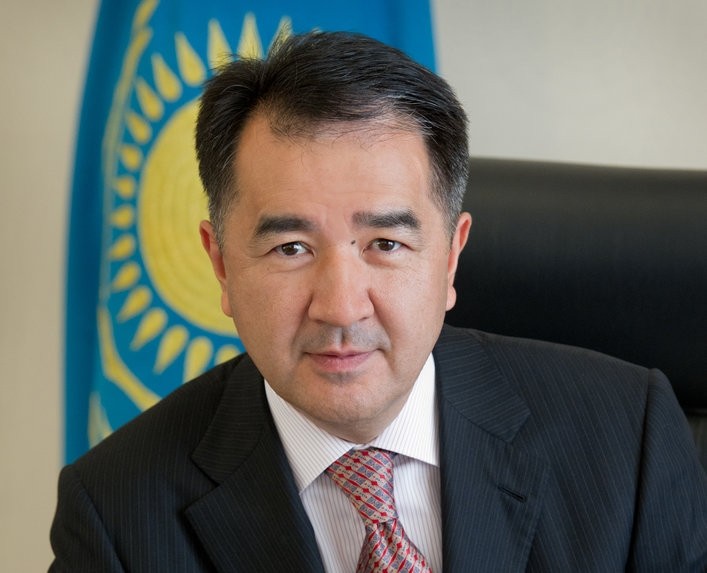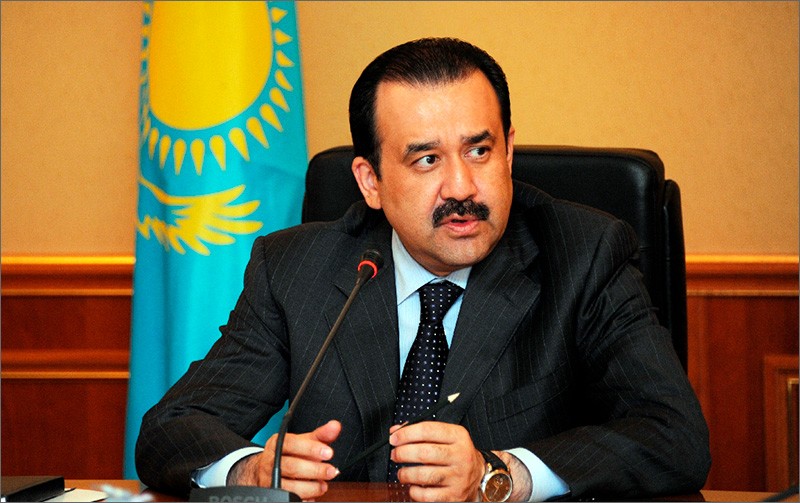Viewing results 6841 - 6846 of 7780
BISHKEK (TCA) — A ceremony of laying a capsule for the construction of a Turkmen five-star hotel was planned for September 3 in Kara-Oi village of the Issyk-Kul region of Kyrgyzstan. Presidents Almazbek Atambayev of Kyrgyzstan and Gurbanguly Berdymukhammedov of Turkmenistan were supposed to attend the ceremony but it was cancelled as Berdymukhammedov was at the funeral of late Uzbek President Islam Karimov in Samarkand and did not arrive in Kyrgyzstan. The Turkmen leader planned to attend the opening ceremony of the World Nomad Games which took place at Issyk-Kul between September 3 and 8. Continue reading
ASTANA (TCA) — Today, September 9, Kazakhstan President Nursultan Nazarbayev has appointed Bakytzhan Sagintayev the prime minister of Kazakhstan, the presidential press service said. Continue reading
ASTANA (TCA) — Foreigners are actively investing in the Kazakh economy with a 25-percent on-year growth in January-July of this year. The share of foreign investment in the total investments in Kazakhstan remains stable and significant, staying within the range of 20-50 percent of the total over the past 2.5 years, Ranking.kz reported. Continue reading
ASTANA (TCA) — In the upcoming marketing year (July 2016-June 2017), Kazakhstan plans to export 8.5 million tons of grain, Sabit Kashkimbayev, Deputy Chairman of National Company Food Corporation JSC said on September 8 at a briefing on the current state of the harvest campaign in the country, the official website of the Prime Minister of Kazakhstan reported. Continue reading
ASTANA (TCA) — Jordan intends to establish a pharmaceutical production in Kazakhstan for further export of products in the market of the Eurasian Economic Union, Novosti-Kazakhstan news agency reported citing Deputy Agriculture Minister of Kazakhstan Ermek Kosherbayev. Continue reading
ASTANA (TCA) — Kazakhstan President Nursultan Nazarbayev on September 8 relieved Prime Minister Karim Masimov of his duties and appointed him chairman of the National Security Committee, the presidential press service said. Continue reading






